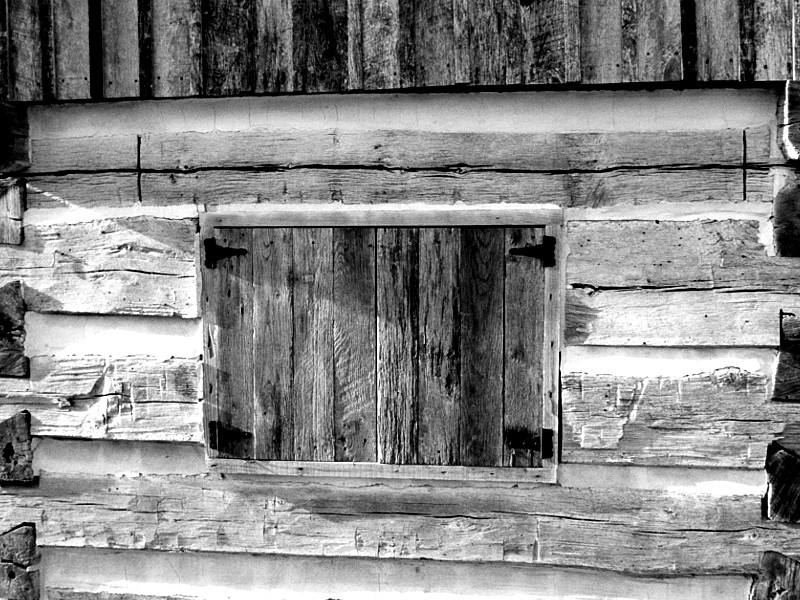Photography
Related: About this forumI just bought a film camera. It is a Sears KSX-1000.
It is a Ricoh with a Ricoh 50mm 2.0 lens. I have since put my Tokina EL 28mm 2.8 on it.
http://mattsclassiccameras.com/sears_ksx_super.html
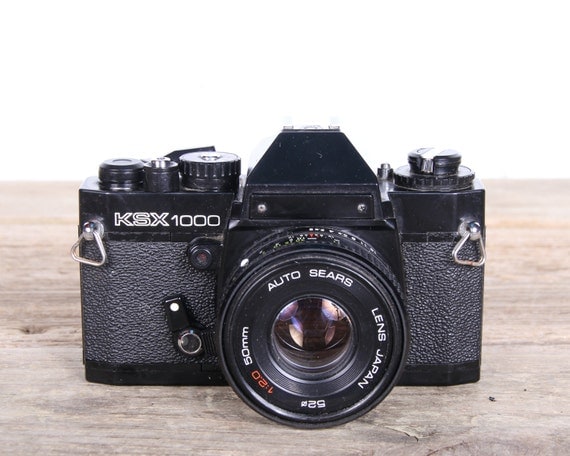
It is known as a student lens, it's a good solid camera with few bells and whistles. It came with a flash too.
elleng
(141,926 posts)reminds me of my old Nikon, something like this. I miss it.
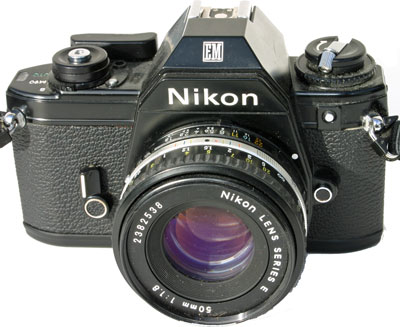
alfredo
(60,250 posts)It felt better in my hands.
I'm buying a roll of film tomorrow.
elleng
(141,926 posts)after I'd said I'd like a camera. Felt fine to me, but never compared it with anything else.
Have fun with the film!
![]()
alfredo
(60,250 posts)elleng
(141,926 posts)one Canon I think.
Wide angle and telephoto.
alfredo
(60,250 posts)NV Whino
(20,886 posts)alfredo
(60,250 posts)NV Whino
(20,886 posts)sir pball
(5,232 posts)Installing them seems a bit fiddly but I've been seriously considering one for quite awhile now; I have a bag full of brilliant '70s F-mounts that work fine on my 5100 but for focusing. Well, metering too, but that's just a matter of checking the display.
http://www.katzeyeoptics.com/
Major Nikon
(36,925 posts)I do a lot of manual focusing and nothing beats a split screen. I can't remember much about the installation other than it wasn't a big deal.
alfredo
(60,250 posts)I came home and it was still doing it. I took my bulb and blew air in an opening near the a lever, and now it seems to work.
alfredo
(60,250 posts)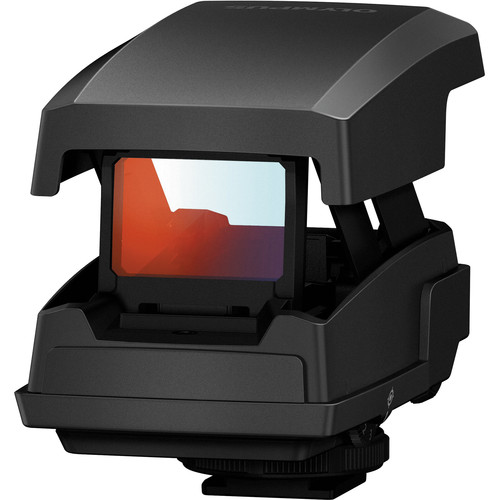
It's quite a bit like a Telrad finder.
hunter
(40,315 posts)Whenever I see a film camera that I used as a kid, or dreamed about owning as a kid, I can't resist... often the price is absurdly low, at least in my mind.
I sometimes develop film myself; there's something magical about that.
alfredo
(60,250 posts)Major Nikon
(36,925 posts)You will need an infrared filter to go along with it:
http://www.bhphotovideo.com/c/product/994075-REG/polaroid_plfilir72052_52mm_ir720_infrared_filter.html
The infrared filter will block out most of the visible light, so it's usually best to compose with the filter off, then put it on before you release the shutter. IIRC the filter robs about 6.5 EV, so you'll probably need to have the camera on a tripod. Some of your lenses may have a red dot on them indicating the infrared focus point, which is slightly different than the visible light focus point.
alfredo
(60,250 posts)I was thinking of having one of my older digitals converted.
Major Nikon
(36,925 posts)It creates some very interesting images. However, there's nothing quite like real infrared film.
Focus and exposure are a bit tricky. The focus point for infrared is just before the visual spectrum and exposure is not the same because light doesn't reflect off objects the same. So it's best to stop down the aperture more than you might otherwise and bracket your shutter speed.
alfredo
(60,250 posts)gives you a real visual clue to exposure. It's like watching an image appear in a developing tank. That might be useful for IR.
I will not be using film enough to invest time and money into IR.
Major Nikon
(36,925 posts)You can use an IR filter with any digital camera to create IR images, regardless of whether it's been converted or not. The problem is most digital cameras have an internal IR blocking filter, so the two filters work against each other and very long exposures are the result. With a converted camera the IR blocking filter is replaced so exposure times aren't much different. For that type of camera live view is handy to have. Unlike the Olympus feature it doesn't work for long exposures, but it does cause the camera to expose and focus from what the sensor is seeing, instead of what the mirror is seeing. That's why I had the D5000 converted, rather than an older Nikon body that doesn't have the live view feature.
alfredo
(60,250 posts)Major Nikon
(36,925 posts)If the meter and the shutter works as advertised there's no reason why it can't take great pictures. Even if the meter doesn't work you can use a modern camera to meter if you don't have a dedicated light meter, or there's always the sunny 16 rule and bracketing.
alfredo
(60,250 posts)Major Nikon
(36,925 posts)You can check it easily enough. At mid-day on a sunny day just fill the frame with a grey card angled at a 45 degree angle between the camera and the sun with the ISO and shutter speed set to the same value. It should meter within 1/2 stop at f/16, which is about as accurate as you can expect from a camera like that. If you want to calibrate it, simply perform the same test with a camera or meter that you trust, then adjust the ISO setting until the meter zeros and use whatever offset you come up with from that point on. For instance, if a shutter speed of 1/125 zeros the meter at ISO 200, then you'll just need to set each roll of film 2 notches faster on the ISO setting. The error should be linear, but you can always recheck under different lighting conditions to be sure.
Back when I was shooting slides, a couple of the camera bodies I owned preferred to be set one notch from the actual film ISO so I just always knew to put in the offset to get the meter to work correctly.
alfredo
(60,250 posts)worked well after ten or so activations. I will see if it works on my next roll.
flamin lib
(14,559 posts)It doesn't have any automated exposure does it? It could be a Ricoh which also had the Pentax K mount but I recall Pentax private labeling the K1000 to several chain stores. It was a good quality intro level SLR. Have fun with it. Shooting film can change the way your head works, not that you need it.
alfredo
(60,250 posts)The lens on it is very good.
alfredo
(60,250 posts)switch for the light meter. The shutter won't work with the lever in the off position.
Major Nikon
(36,925 posts)I pieced together a kit that includes a Bronica SQ-A, two S-series lenses (80/2.8 and 150/3.5), two 120 backs, and an eye level prism finder. I figure I can use it for a while and then turn it around again on ebay for close to what I paid for it.
alfredo
(60,250 posts)Yashica D, I might do it.
Oh man, that's one handsome camera.
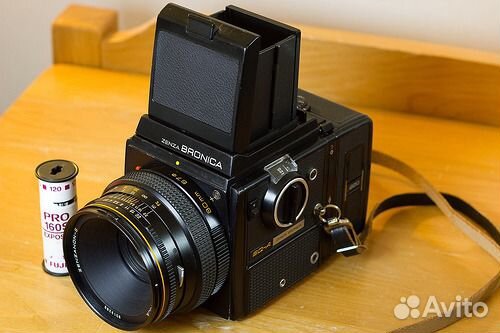
Major Nikon
(36,925 posts)If you don't mind a good shooter that looks a little rough (and I don't), I've seen them go in the $100 - $150 range on ebay. Adorama has a decent one for $239 which I almost bought instead of the Bronica. In the end I went with the Bronica because of the lens selections. If I get hooked on medium format I may spring for a macro and/or wide angle lens, both of which will cost more than what I have invested now.
In my experience Adorama rates their stuff pretty conservatively compared to KEH. The E's I've gotten looked more like an E+. I've also returned used stuff to Adorama and it's no hassle. So if you don't like the looks, just send it back.
http://www.adorama.com/US%20%20%20%20668434.html
I've already ordered some Ilford 125, 400, and 3200 along with some Tri-X 400. I also ordered a couple of Ilford mailers, so I'm going to try their developing service.
alfredo
(60,250 posts)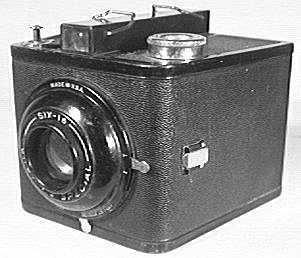
Check out the long throw on the shutter button.
Major Nikon
(36,925 posts)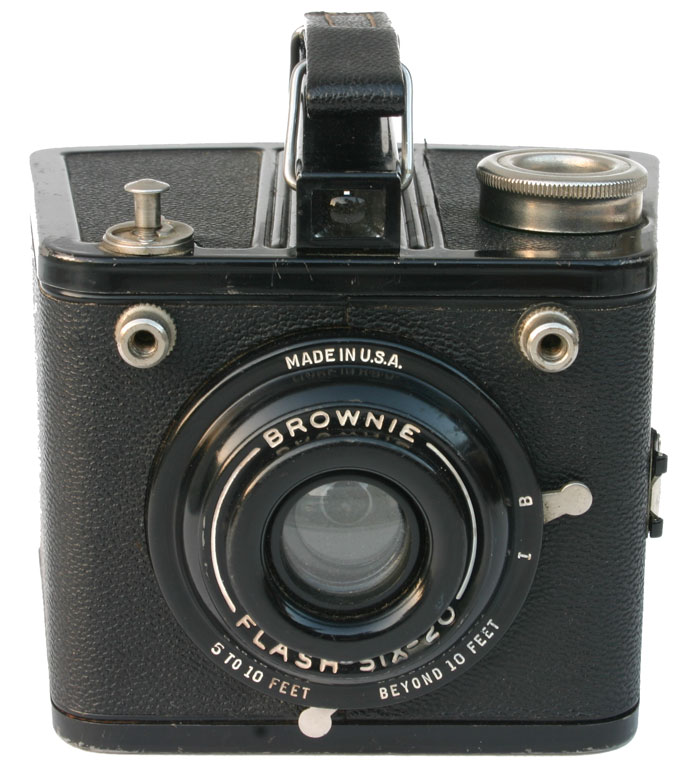
alfredo
(60,250 posts)Major Nikon
(36,925 posts)I sent the roll off to Ilford for developing and scanning. The scans will be 64mb, which is almost double what you get with Nikon's highest resolution DSLR. I can also get them drum scanned to 460mb.
Mine is very similar to the one pictured, except instead of the waist level finder I have a prism finder which includes a TTL light meter.
alfredo
(60,250 posts)Now that I know it works, I can take my time and make more "artful" images.
Converted to B&W. Sears KSX 1000 and Tokina EL 28mm 2.8 Fuji color film
